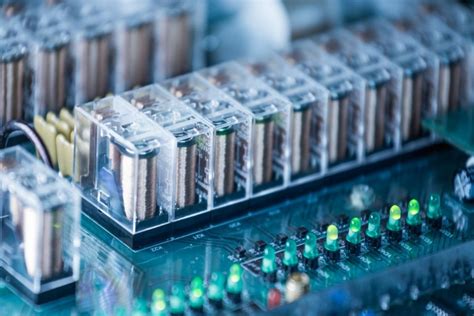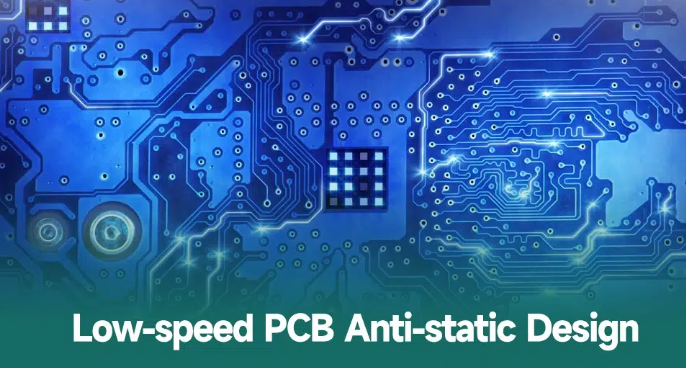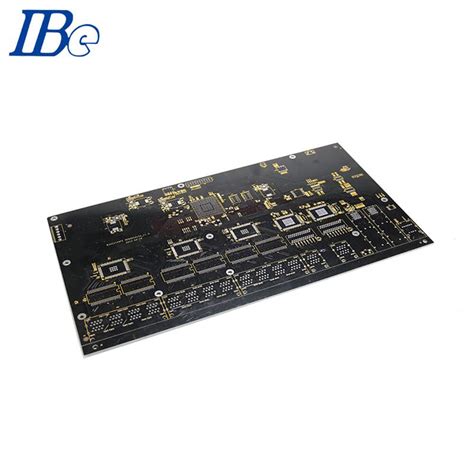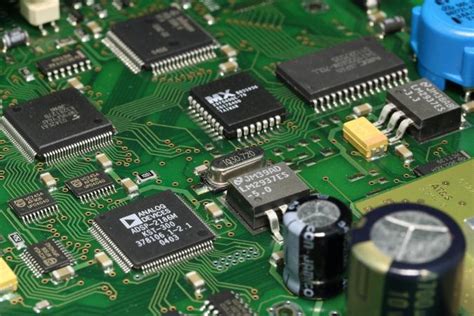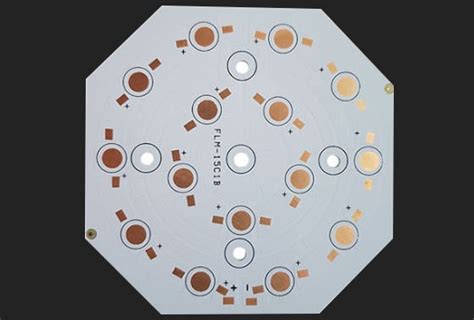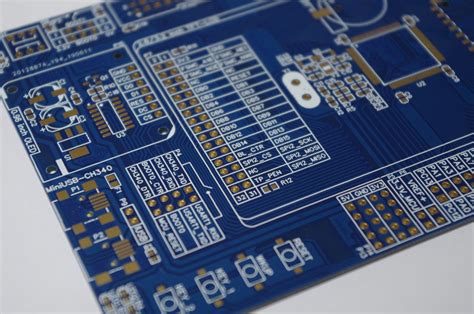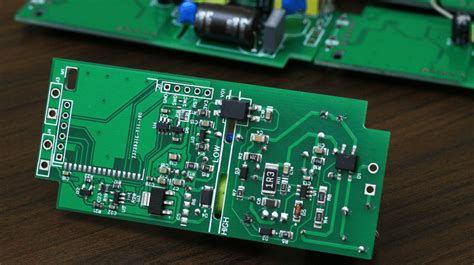JLC SMT Assembly: Revolutionizing PCB Prototyping and Low-Volume Production
Introduction
In the rapidly evolving world of electronics manufacturing, the demand for faster, more cost-effective, and reliable PCB (Printed Circuit Board) assembly services has never been greater. Among the key players in this space, JLCPCB (JiaLiChuang PCB) has emerged as a leader, particularly in the realm of Surface Mount Technology (SMT) assembly. JLC SMT Assembly is a service offered by JLCPCB that caters to the needs of engineers, hobbyists, and businesses looking for quick-turn PCB prototyping and low-volume production. This article explores the intricacies of JLC SMT Assembly, its advantages, processes, challenges, and its impact on the electronics manufacturing industry.
1. What is JLC SMT Assembly?
JLC SMT Assembly is a service provided by JLCPCB, a well-known PCB manufacturing company, that specializes in assembling PCBs using Surface Mount Technology (SMT). SMT is a method of placing electronic components directly onto the surface of a PCB, as opposed to through-hole technology, where components are inserted into drilled holes. SMT is widely used in modern electronics due to its ability to support smaller components, higher component density, and faster assembly speeds.
JLCPCB’s SMT Assembly service is designed to cater to the needs of customers who require small to medium volumes of assembled PCBs, particularly for prototyping and low-volume production. The service is known for its affordability, speed, and ease of use, making it a popular choice among engineers, startups, and small businesses.
2. Key Features of JLC SMT Assembly
JLC SMT Assembly stands out in the market due to several unique features that make it an attractive option for customers:
2.1. Extensive Component Library
JLCPCB offers an extensive library of SMT components, including resistors, capacitors, integrated circuits (ICs), connectors, and more. The library includes both basic and advanced components, allowing customers to choose from a wide range of options for their designs. Additionally, JLCPCB provides real-time inventory updates, ensuring that customers can select components that are in stock and ready for assembly.
2.2. Affordable Pricing
One of the most significant advantages of JLC SMT Assembly is its affordability. JLCPCB has optimized its processes to offer competitive pricing, particularly for low-volume orders. This makes it an ideal choice for startups, hobbyists, and small businesses that may not have the budget for large-scale production.
2.3. Fast Turnaround Times
Speed is a critical factor in PCB prototyping and low-volume production. JLCPCB is known for its fast turnaround times, with many orders being completed within a few days. This quick service enables customers to iterate on their designs rapidly and bring products to market faster.
2.4. User-Friendly Platform
JLCPCB’s online platform is designed to be intuitive and easy to use. Customers can upload their PCB design files, select components from the library, and place orders with just a few clicks. The platform also provides real-time quotes, allowing customers to see the cost of their order before proceeding.
2.5. High-Quality Standards
Despite its focus on affordability and speed, JLCPCB does not compromise on quality. The company uses state-of-the-art SMT equipment and adheres to strict quality control processes to ensure that assembled PCBs meet industry standards.
3. The JLC SMT Assembly Process
The JLC SMT Assembly process is streamlined to ensure efficiency and accuracy. Here’s an overview of the key steps involved:
3.1. Design File Submission
The process begins with the customer uploading their PCB design files, typically in Gerber format, to the JLCPCB platform. The design files include information about the PCB layout, component placement, and solder mask.
3.2. Component Selection
Customers can choose components from JLCPCB’s extensive library. The platform provides detailed information about each component, including specifications, pricing, and availability. Customers can also upload their own components if they are not available in the library.
3.3. Automated Assembly
Once the design files and components are finalized, the PCB is sent to the assembly line. JLCPCB uses advanced SMT machines to place components onto the PCB with high precision. The assembly process is fully automated, ensuring consistency and accuracy.
3.4. Reflow Soldering
After component placement, the PCB undergoes reflow soldering. In this process, the PCB is passed through a reflow oven, where the solder paste is heated to form a permanent bond between the components and the PCB.
3.5. Inspection and Testing
After soldering, the assembled PCB undergoes inspection and testing to ensure that all components are correctly placed and soldered. JLCPCB uses Automated Optical Inspection (AOI) and X-ray inspection to detect defects such as solder bridges, misaligned components, or missing parts.
3.6. Shipping
Once the PCB passes inspection, it is carefully packaged and shipped to the customer. JLCPCB offers a range of shipping options to meet different delivery timelines and budgets.

4. Advantages of JLC SMT Assembly
JLC SMT Assembly offers several advantages that make it a preferred choice for PCB prototyping and low-volume production:
4.1. Cost-Effectiveness
JLCPCB’s pricing model is designed to be affordable, particularly for small orders. This makes it an excellent option for startups and hobbyists who may not have the budget for large-scale production.
4.2. Speed
With fast turnaround times, JLC SMT Assembly enables customers to iterate on their designs quickly and bring products to market faster. This is particularly important in industries where time-to-market is critical.
4.3. Ease of Use
The user-friendly platform and extensive component library make it easy for customers to design and order assembled PCBs, even if they have limited experience in electronics manufacturing.
4.4. Quality
JLCPCB’s commitment to quality ensures that assembled PCBs meet industry standards and are reliable for use in a wide range of applications.
4.5. Flexibility
JLC SMT Assembly supports a wide range of PCB designs and component types, making it a versatile option for various projects.

5. Challenges and Limitations
While JLC SMT Assembly offers many benefits, there are some challenges and limitations to consider:
5.1. Limited Component Availability
Although JLCPCB’s component library is extensive, it may not include every component a customer needs. In such cases, customers may need to source their own components, which can add complexity to the process.
5.2. Low-Volume Focus
JLC SMT Assembly is primarily designed for prototyping and low-volume production. For large-scale production, customers may need to look for other manufacturers that specialize in high-volume assembly.
5.3. Lead Times for Custom Components
If customers choose to use their own components, lead times may increase, particularly if the components need to be sourced from overseas.
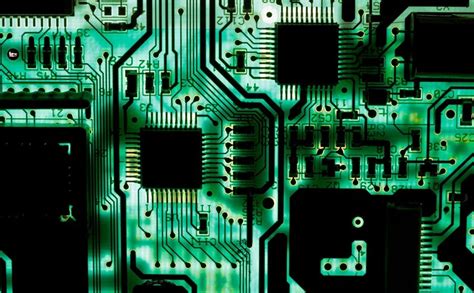
6. Impact on the Electronics Manufacturing Industry
JLC SMT Assembly has had a significant impact on the electronics manufacturing industry, particularly in the areas of prototyping and low-volume production. Here are some ways in which it has influenced the industry:
6.1. Democratizing PCB Assembly
By offering affordable and accessible SMT assembly services, JLCPCB has democratized PCB assembly, making it possible for individuals and small businesses to bring their ideas to life without the need for significant upfront investment.
6.2. Accelerating Innovation
The fast turnaround times and ease of use of JLC SMT Assembly have accelerated the pace of innovation, enabling engineers and designers to iterate on their designs quickly and bring new products to market faster.
6.3. Supporting Startups and Hobbyists
JLC SMT Assembly has become a valuable resource for startups and hobbyists, providing them with the tools and services they need to develop and test their ideas.
6.4. Encouraging Sustainability
By focusing on low-volume production, JLC SMT Assembly helps reduce waste and promote sustainability in the electronics manufacturing industry.
7. Future Trends in JLC SMT Assembly
As the electronics industry continues to evolve, JLC SMT Assembly is likely to adapt and innovate to meet changing customer needs. Some potential future trends include:
7.1. Expanded Component Library
JLCPCB may continue to expand its component library to include a wider range of components, including advanced and specialized parts.
7.2. Enhanced Automation
Advances in automation and AI could further streamline the SMT assembly process, reducing lead times and improving accuracy.
7.3. Integration with Design Tools
JLCPCB may integrate its platform with popular PCB design tools, making it even easier for customers to transition from design to production.
7.4. Focus on Sustainability
As environmental concerns grow, JLCPCB may adopt more sustainable practices, such as using eco-friendly materials and reducing waste.
Conclusion
JLC SMT Assembly has revolutionized the way PCB prototyping and low-volume production are approached, offering an affordable, fast, and reliable solution for engineers, hobbyists, and businesses. With its extensive component library, user-friendly platform, and commitment to quality, JLCPCB has become a trusted partner in the electronics manufacturing industry.
While there are some challenges and limitations, the benefits of JLC SMT Assembly far outweigh them, making it an invaluable resource for anyone involved in electronics design and manufacturing. As the industry continues to evolve, JLC SMT Assembly is poised to remain at the forefront, driving innovation and enabling the creation of next-generation electronic devices.

